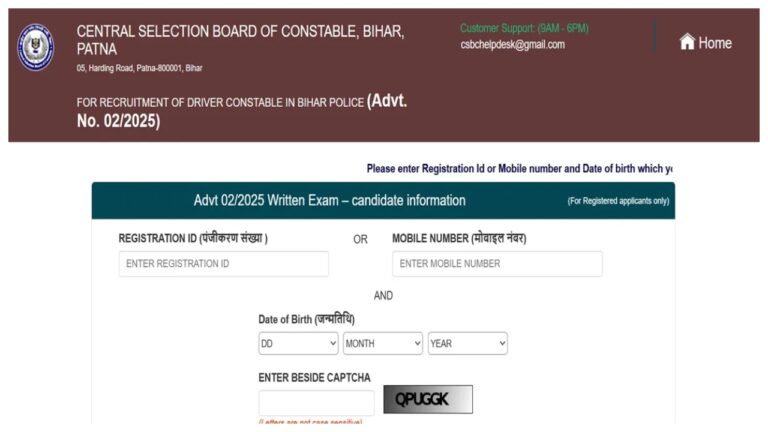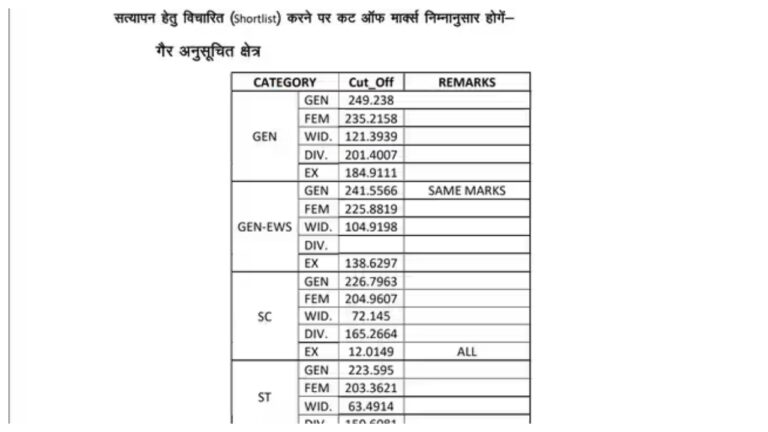EPF vs PPF vs NPS:- When we start a job or business, we also begin planning for retirement. Retirement planning is essential for everyone, as it helps ensure financial security in the future. These days in India, many savings schemes help you save for retirement. Among them, three popular schemes are the Public Provident Fund (PPF), National Pension System (NPS), and Employees’ Provident Fund (EPF).
But do you know the difference between these three schemes and what benefits they offer? In this article, we will explain EPF, PPF, and NPS in detail. After that, you can decide which scheme is best for your investment.
Employees’ Provident Fund (EPF)
The Employees’ Provident Fund (EPF) is a savings scheme launched by the Government of India to offer financial security and retirement benefits to salaried employees. It is managed by the Employees’ Provident Fund Organisation (EPFO).
In this scheme, 12% of the employee’s basic salary and dearness allowance (DA) is deposited into the EPF account. The employer also contributes an equal amount. This fund keeps growing with regular deposits and earns interest every year, as declared by the government.
EPF savings can be withdrawn after retirement, usually after the age of 58. However, partial withdrawals are allowed for certain needs like education, house purchase, marriage, and medical emergencies.
Public Provident Fund (PPF)
The Public Provident Fund (PPF) is another government-backed savings scheme. You can invest a minimum of ₹500 and a maximum of ₹1.5 lakh in a financial year. You can deposit the amount either in one go or in instalments.
The maturity period of the PPF is 15 years. After that, it can be extended in blocks of 5 years, but you need to apply for the extension one year before maturity.
After 6 years of account opening, you can withdraw up to 50% of the balance in case of an emergency. You also earn interest annually, which is added to your account every March. The interest earned and the amount deposited are tax-free under Section 80C of the Income Tax Act. You can also take a loan against your PPF balance after 3 years, with an interest rate of just 9.1%.
A PPF account can be opened at a post office or any government or private bank. Having a nominee is mandatory.
National Pension System (NPS)
The National Pension System (NPS) is a long-term investment scheme supported by the government. It is designed to provide regular income (pension) after retirement. For example, by investing ₹6,000 per month, you may receive a pension of ₹50,000 after the age of 60.
NPS offers two types of accounts — Tier I and Tier-II. The Tier-I account is mandatory for retirement savings and is ideal for those who do not have a Provident Fund. You can open this account with just ₹500. After 3 years, partial withdrawals are allowed under certain conditions.
At the time of retirement, you can withdraw 60% of the amount as a lump sum. The remaining 40% must be used to buy an annuity, which will provide you a monthly pension. The more you invest in an annuity, the higher your pension will be.
NPS also offers tax benefits. You can claim a deduction of up to ₹1.5 lakh under Section 80C and an additional ₹50,000 under Section 80CCD(1B).










